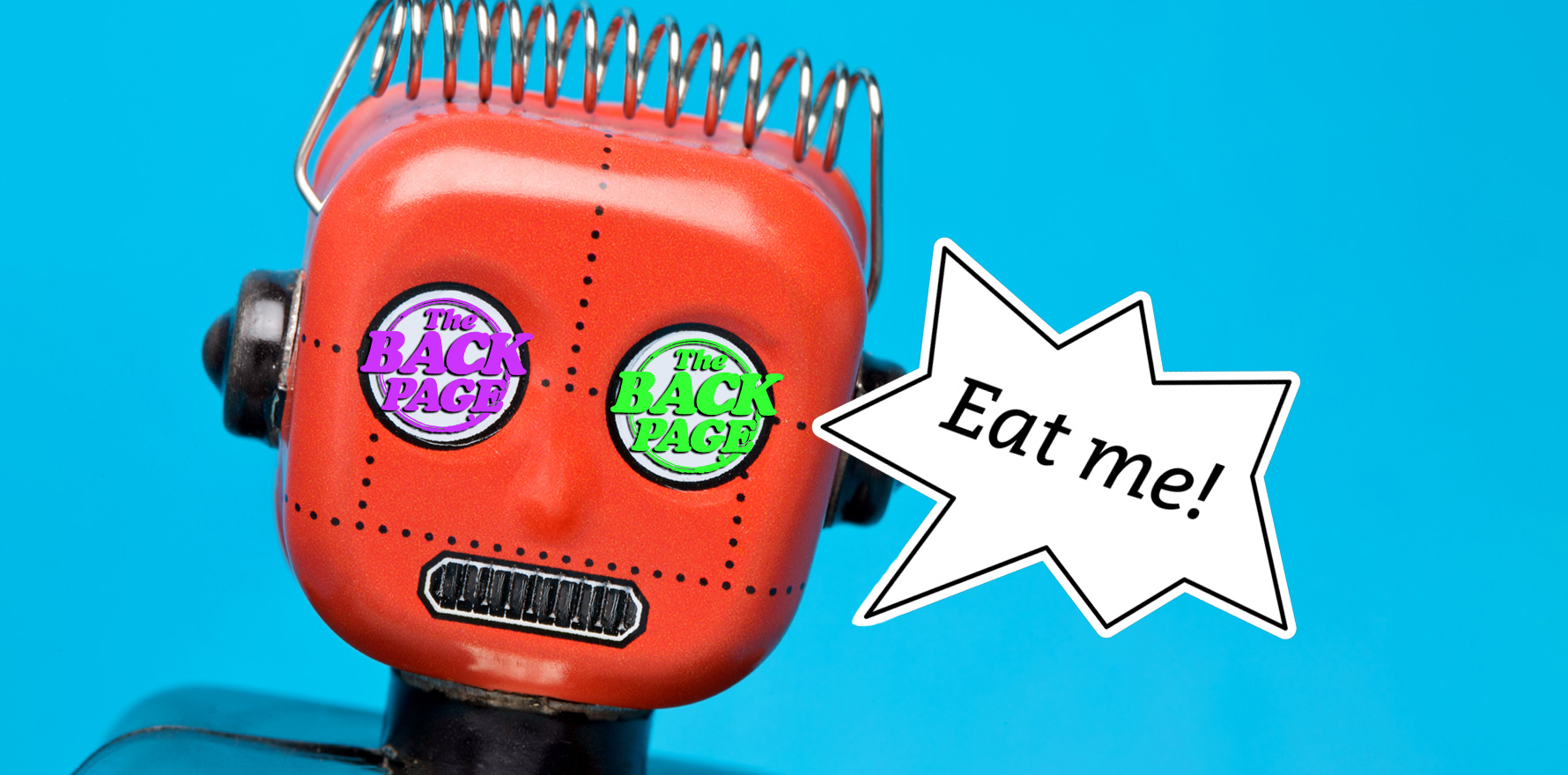The researchers claim medical applications. I think they’re taking the piss.
I am not averse, gentle reader, to some forms of adventurous eating.
I was an early adopter of escargots. I’m all good with a plate of steak tartare. I’ve even been known to scarf down the odd haggis or two.
But I have my limits. Gazpacho makes me gag. I tend not to consume things that may kill me if the chef gets it even slightly wrong – looking at you, fugu. And I struggle if a whole fish is put in front of me. It’s the eyes, don’t ya know.
In Japanese culture there’s a thing called odorigui – literally, “dance-eating”. It’s about eating live seafood. Even more specifically, it’s about eating seafood while it’s still moving. Usually, squid, octopus, ice gobies. You get the idea. I’d link you to a YouTube video but I can’t even.
Why is it a thing? According to Atlas Obscura, it may have begun in Fukuoka 300 years ago. Farmers, who were drinking sake beside a river, supposedly began grabbing handfuls of fish fresh straight from the water. They washed the minuscule animals down with their rice wine, not bothering to kill them beforehand. The practical angle for this ritual argues that because ice gobies decay rapidly once killed, eating them alive is as safe as it gets.
“Hyper-fresh”, they call it. Cruel and unusual, I call it.
Perhaps with the cruelty aspect in mind, Japanese researchers have come up with one of the most bizarre subjects of a research grant ever.
An edible robot.
…
I’m giving you a moment to take that in.
…
You’ll be unsurprised to hear it’s the first time such a study has been done. According to the press release, “the team developed a pneumatically-driven robot made of gelatin and sugar, focusing on creating an experience that merges the animate with the edible, reminiscent of the dynamism found in Odorigui”.
The study comprised two experiments. The first assessed participants’ impressions “based solely on observing the robot’s movements, without eating. This phase provided valuable insights into how the perceived animateness of the robot impacts the hypothetical eating experience.”
In the second experiment, participant ate one of the robots while it was in motion and one when it was stationary.
“This within-subject comparison revealed that perception (intelligence, emotion, animateness, guilt, and freshness) was notably more intense when the robot was in motion. The texture experienced while biting and chewing the animated robot was different from the stationary condition.”
I can show you a video of this, complete with comedy musical soundtrack … https://youtu.be/OoAszrv5vy4.
Medical applications, I hear you ask?
Well, the video hints that there are some, but doesn’t go into specifics. The published study has this to say:
“Our results showed that participants perceived the moving robot differently from the stationary robot, leading to varied perceptions, when consuming it.”
No? Really?
“Additionally, we observed a difference in perceived texture when the robot was bitten and chewed under the two conditions.
“These findings provide valuable insights into the practical applications of edible robots in various contexts, such as the medical field and culinary entertainment.”
Is this the dumbest study ever to attract funding? It’s certainly up there with 3D printing a working brain, although for different reasons.
Send robot recipes to penny@medicalrepublic.com.au.


